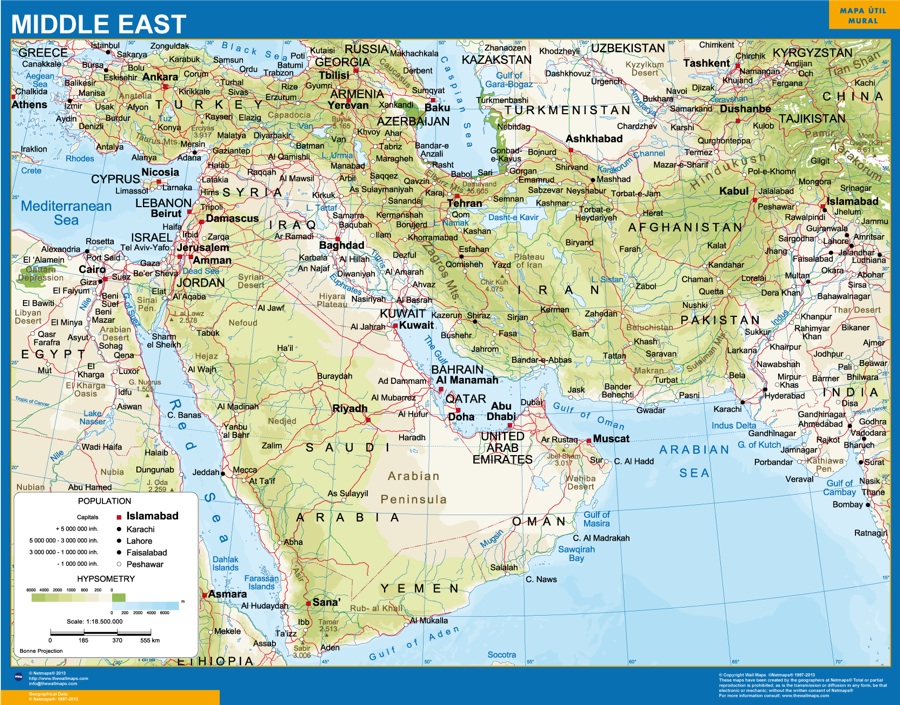
Introduction
The Middle East, a region marked by its rich history and cultural significance, continues to play a crucial role in global geopolitics and economics. Understanding the Middle East map is essential for comprehending the intricate relationships among nations, as well as the ongoing conflicts that shape international relations. As numerous power dynamics and tensions evolve, a clear grasp of the geographical layout can provide insights into current events.
Key Features of the Middle East Map
The Middle East encompasses a diverse range of countries, including but not limited to Saudi Arabia, Iran, Iraq, Israel, Syria, and Turkey. Each of these nations occupies a vital position on the map, influencing regional trade routes, cultural exchanges, and political alliances. For instance, the strategic position of the Persian Gulf and the Suez Canal highlights critical waterways for oil transport and Maritime trade.
Recent maps of the Middle East also reflect ongoing changes in borders and territories due to conflicts such as the Syrian Civil War and the Israeli-Palestinian conflict. The creation of self-declared states and shifting control contributes to the complexity of the map.
Current Events Impacting the Middle East Map
Recent developments have further transformed our understanding of the Middle East map. The normalization of relations between certain Arab countries and Israel, such as the Abraham Accords of 2020, has created new alliances that might alter traditional territorial perceptions. Meanwhile, the ongoing struggles for power in countries like Afghanistan and Syria demonstrate the volatile nature of borders and governance in this troubled region.
Moreover, the focus on energy politics, particularly in the context of oil and gas, highlights the economic significance of the Middle East map. Countries such as Qatar and the United Arab Emirates have emerged as critical players in terms of energy exports, influencing global markets and diplomacy.
Conclusion
The Middle East map serves not only as a geographical tool but also as a representation of the political and economic struggles that define the region. As new treaties unfold and conflicts ebb and flow, the importance of these maps will only increase for politicians, strategists, and scholars alike. Understanding this map means acknowledging the dynamic and often contentious nature of the Middle East, ultimately impacting decisions across the globe.



